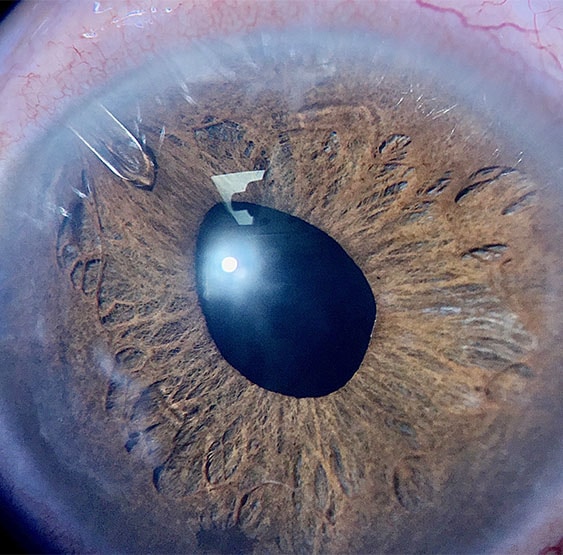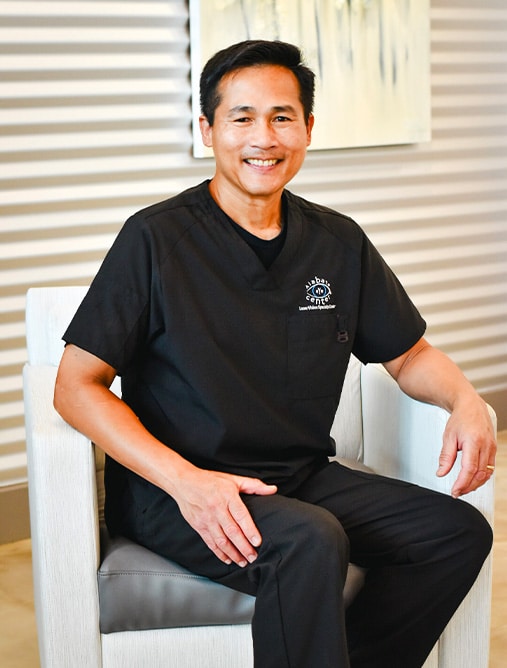Aqueous Tube Shunt
About an Aqueous Tube Shunt
Glaucoma is a progressive disease that affects the optic nerves and may lead to a permanent loss of vision if left untreated. Early signs of the disease, such as elevated intraocular pressure (IOP), may be unnoticed by a patient. However, late signs may be an irreversible loss of peripheral vision, central vision, or even blindness.
Although laser therapy and eye drops are the first-line treatments for glaucoma, surgery needs to be considered for individuals who are inadequately controlled or intolerant to medical therapy. Aqueous tube shunts are effective in lowering IOP and are reserved for those individuals not adequately controlled by newer methods.
An aqueous tube shunt is sutured to the surface of the eye underneath the conjunctival tissue. A tube attached to the shunt is carefully inserted through the wall of the eye into the front part of the eye in order to drain aqueous fluid out from the anterior chamber. This fluid collects inside a cavity created by the tube shunt and is then drained by the body’s lymphatic and vascular system. This reduces the IOP, potentially reduces the number and frequency of glaucoma medications to be used, and reduces the progressive effects of advanced glaucoma. The tube shunt is not visible when someone is looking at you.

Learn More About Aqueous Tube Shunt
Schedule an appointment with us by completing this form or calling us at (850) 331-3937 to discuss with Dr. Phil Alabata if you are a candidate for Aqueous Tube Shunt. A referral is not required.
